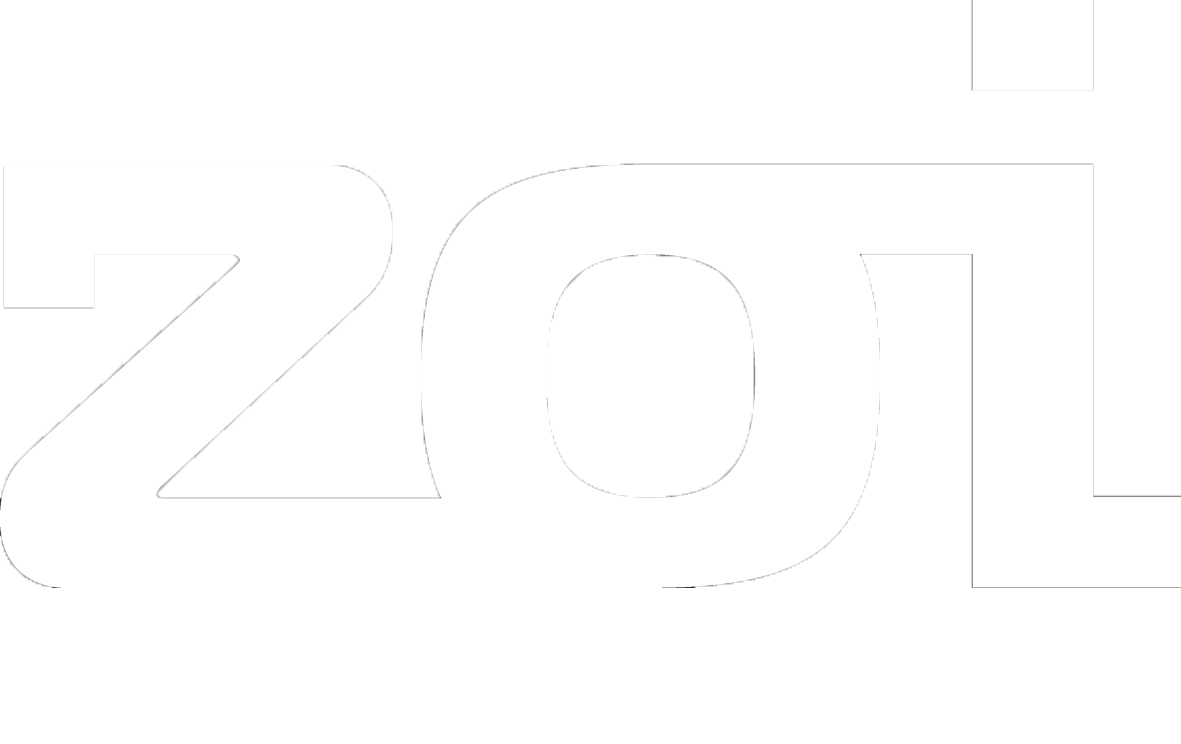Kärcher
DIGITAL CATALOG ON AWS CLOUD
INDUSTRY
Manufacturing
CLOUD PROVIDER
Amazon Web Services

In the past, a new Kärcher printed catalog was created every year with all Kärcher products. This catalog was used by the Sales team for Sales meetings. The creation and production of the printed catalog required a lot of effort and paper every year.
By digitizing the catalog and making it available for mobile (Android and iOS) and desktop (Windows and Web) devices, the customer benefits from avoiding painstaking and repetitive efforts every time an update is needed. Now, if a new product launches it is simply integrated into the new digital catalog. In contrast to the printed catalog, the digital catalog is always up to date and since no more paper is needed it has a more environmental factor too.
This is a paragraph. Writing in paragraphs lets visitors find what they are looking for quickly and easily.
This is a paragraph. Writing in paragraphs lets visitors find what they are looking for quickly and easily.
This is a paragraph. Writing in paragraphs lets visitors find what they are looking for quickly and easily.
This is a paragraph. Writing in paragraphs lets visitors find what they are looking for quickly and easily.
900-PAGE CATALOG CONVERTED INTO DIGITAL FORMAT
ABILITY TO DYNAMICALLY UPDATE THE CATALOG
OFFLINE AVAILABILITY
A PRINTED CATALOG WITH THOUSANDS OF PRODUCTS AND MULTIPLE LANGUAGES
The product catalog was most often used for sales meetings and at Kärcher product dealerships. In the past, a new printed product catalog was created every year. It contained several thousand products such as devices, accessories, and detergents. In total, a single edition of the catalog contained almost 900 pages and was available in English, German, Spanish, French, and Russian. Since the printed catalog was very thick and heavy, it was also difficult and cumbersome for the sales team to always carry the printed catalog with them.
The preparation and production of the printed catalogs required a lot of repetitive manual effort and printing costs every year. In addition, it became increasingly time-consuming to produce as more products were added every year.
The environmental impact of the catalog was also a concern as a significant amount of paper was used annually for its creation. Furthermore, when a new product was launched mid-year, the printed catalog was immediately out of date. With the rise in digital services, an opportunity emerged to change and improve the entire process.
AN ENVIRONMENTALLY FRIENDLY AND RESOURCE-SAVING ALTERNATIVE
Digitalizing the catalog benefited Kärcher employees and customers alike. The new digital catalog contains virtually all Kärcher products. If a new product launches, the product can now be automatically integrated into the digital catalog. In contrast to the printed catalog, the digital catalog is always up to date, with minimized effort.
Since no paper is needed for the new digital catalog, it is a much more environmentally friendly and resource-saving solution than the printed catalog. The nature of the digital catalog means it can be translated and made available to any number of countries with less effort and costs than before. Furthermore, the Sales team no longer has to carry a 900-page catalog to Sales meetings.
The product data can be automatically integrated into the digital catalog in the appropriate language for each country. However, the platform is flexible enough that each country can also have individualized content. Currently, the digital catalog is available in more than 20 countries and languages.
The same CMS as the Kärcher website can now be used. This avoids duplication of data and users have a similar user experience with the catalog and main Kärcher website. Due to its modern features such as product comparison, search, and cross-selling, the Sales teams are able to work more efficiently. For example, the cross-selling feature will automatically draw relations between relevant devices, accessories, and detergents. This will serve as a useful reminder during Sales meetings as there will always be relevant information displayed. In addition, a digital catalog is a multimedia tool that is able to show images, animations, and movies to support the Sales process.
FROM THE CMS TO THE DEVICE VIA THE CLOUD: HOW THE DIGITAL CATALOG IS REALIZED
The digital catalog needed to be accessible which meant it should be available on mobile and desktop devices. It needed to be adaptable according to the region and scalable according to demand and product portfolio expansion. It was also important that the catalog be accessible even without a stable internet connection. The AWS Cloud platform provided a perfect solution for all these requirements and the development of the catalog started with these things in mind.
The mobile application for Android and iOS was implemented with the React Native Framework and the web application with the React Framework. To realize the desktop application, only a wrapper for the web application based on the Electron framework was developed. This means, there are only two code bases needed (React Native and the React code) to create 4 applications. Both of the codes were structured to work in a similar way. Since there are thousands of products and product group pages inside the catalog the content pages are created dynamically. Inside the applications, different template pages are used. These template pages will be filled with the data from the backend as needed. So it does not matter for the digital catalog applications how many products and product pages are part of the catalog. There are different layout pages for product groups, lists, and details. The layout pages are filled with base data of the products and dynamic content that may vary depending on the selected country and language.
Depending on the selected country and language, different products are returned from the backend. Thus, the correct products are displayed for each country. In addition, the backend delivers the data directly in the requested language, so that the app itself only has to translate static texts.
For the offline feature, the backend provides a complete database of the selected country and language. This can be downloaded from the applications and used if there is no internet connection.
The backend is based on AWS, Serverless, Elasticsearch, and GraphQL with a connection to the Kärcher CMS to get the necessary data.
All the necessary product and content data are imported regularly and automatically from the Kärcher CMS to an S3 Bucket in the AWS cloud (step 1 in the figure).
Once the data is imported into the cloud it will be processed by multiple AWS Lambda functions and prepared for storage in the database. This step is required because the data managed in the Kärcher CMS is not only used by the digital catalog but also by other systems, such as the Kärcher website. This has the consequence that the data is provided in a format that is as general as possible. The result of this second step will be stored in an additional S3 Bucket. Whenever a new file is uploaded to the prepared Bucket the third step is automatically executed. In this step another AWS Lambda function stores all the prepared data in an AWS Elasticsearch database.
A third Lambda function group loads the requested data from the Elasticsearch database whenever the user requests data with the mobile app or Windows/Web app (steps 4 and 5).
For the offline feature, every night an AWS batch job is executed. This job loads all data which is necessary for the offline feature from the Elasticsearch database and creates a database with all the data for every country and language. This is the database file that can be downloaded from the apps if the user wants to use the offline functionality. This means that there is always daily updated data for the offline functionality.
With the digital catalog, Zoi implemented a solution to digitize the printed product catalog at Kärcher. The digital catalog is currently available as a mobile application (for Android & iOS) and for desktop (Windows and Web). This means the application can be used by more than 90% of the target group of users. Due to the modern cloud and cross-platform technologies, all applications are easy to extend and scale – in true cloud style. Since offline functionality has also been implemented, the digital catalog can be used independently of an internet connection – wherever and whenever.
ABOUT KÄRCHER
Alfred Kärcher SE & Co. KG is headquartered in Winnenden, Germany, and has 150 subsidiaries in 78 countries. They are the world's leading supplier of cleaning technology and are probably best known for their high-pressure cleaners and range of products and services for professional cleaning of offices, hotels, and supermarkets. The family-owned company employs around 14,400 people and can look back on a company history spanning more than 85 years.
Data processing process for the digital catalog content.

CAROUSEL FILTER SETUP
CASES
Here are a few examples of how we have successfully supported our Manufacturing customers.
This is a paragraph. Writing in paragraphs lets visitors find what they are looking for quickly and easily.
This is a paragraph. Writing in paragraphs lets visitors find what they are looking for quickly and easily.
This is a paragraph. Writing in paragraphs lets visitors find what they are looking for quickly and easily.
This is a paragraph. Writing in paragraphs lets visitors find what they are looking for quickly and easily.
LET’S EXCHANGE IDEAS
Because you could change direction much faster than you think.



